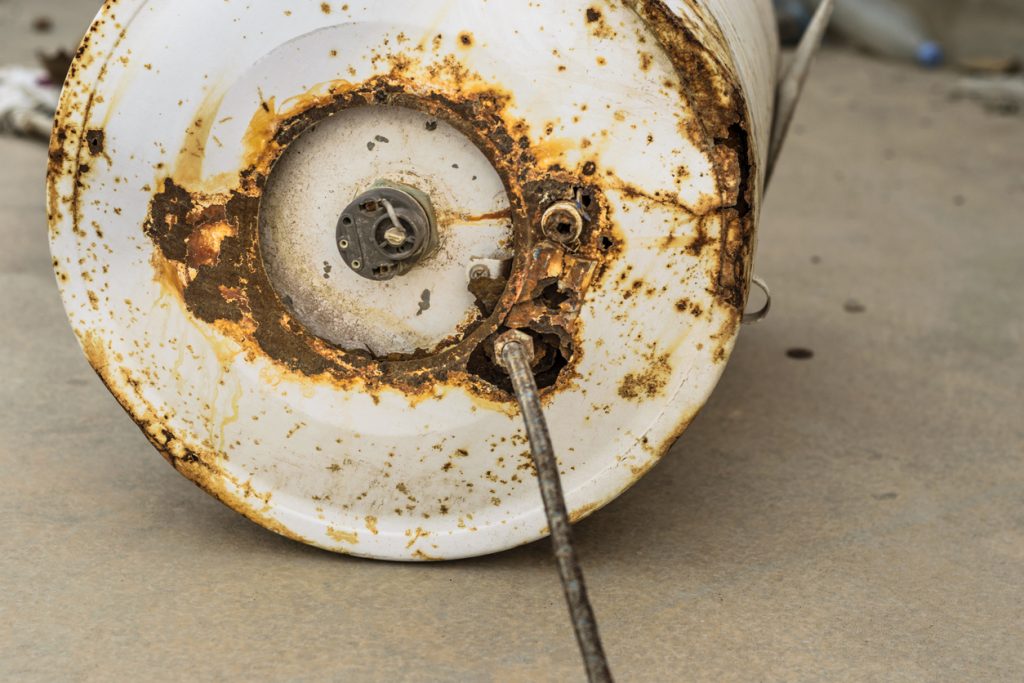Abstractly, every homeowner knows that there is a water heater creating all the hot water used in the household. But because it is likely tucked out of the way, you don’t see it or think about it until there is an issue. And it is that lack of attention and regular maintenance leads to some significant and costly water heater issues like corrosion.
Your Water Heaters Biggest Enemy
Corrosion is likely to be the most significant risk facing your home’s water heater. Fortunately, modern water heaters have many replaceable parts. And a skilled and honest plumber will let you know when the unit can be repaired rather than replaced to save you a ton of money. However, when the corrosion is inside the holding tank of the water heater, no industry standard process will safely correct the damage. The only solution is to replace the entire water heater. So preventing corrosion inside the holding tank is essential.
Preventing Water Heater Corrosion
Obviously, you cannot see inside the holding tank to know when corrosion is present. But you can prevent the issues that contribute to corrosion. The most crucial single maintenance task for your water heater is draining and flushing the tank at least once each year. This process removes all of the sediment and minerals that promote corrosion inside the tank.
The second most important maintenance task is inspecting the anode rod in the holding tank. This metal rod is installed from the top of the holding tank and touches both the water and the wall of the tank. The job of the anode rod is to provide a surface that is more corrosive than the tank wall. This inferior surface offers a better place for the electrochemical process of corrosion and protects the wall of your water heater holding tank.
As the anode rod does its job, it continues to erode. And your job is to monitor the condition of the rod and replace it as needed. Under typical conditions, the rod should last a few years before you need to think about replacing it. But keeping an eye on its condition is the best way to prevent corrosion on the holding tank wall that will result in a failure of your water heater.
Other Benefits Of Draining And Flushing Your Water Heater
Draining the water from your water heater holding tank will also eliminate any particulates that you have noticed in your hot water. As the sediment increases in the tank’s base, you can begin to see tiny flecks in your hot water. That is a good indication that you need to flush the tank to increase the purity of your hot water.
After flushing the tank, it is also common to discover that you are getting hotter water from the unit. This is because as the sediment increases inside the holding tank, it eventually creates a barrier between the water and the heating element. That barrier of sediment acts as an insulator to inhibit the unit’s ability to heat your water. So once the drain and flush project is completed, you will discover hotter water and even a slight decrease in your energy bills as the heating process will now be more energy efficient.
If you are not able to provide the maintenance needed by your water heater, call (928) 597-1690. The licensed plumbers at Professional Home Doctors will drain and flush your water heater in addition to inspecting it for any other issues or indications of trouble. This annual service will ensure that you enjoy the most extended life possible from your water heater and the highest quality hot water in your home.

